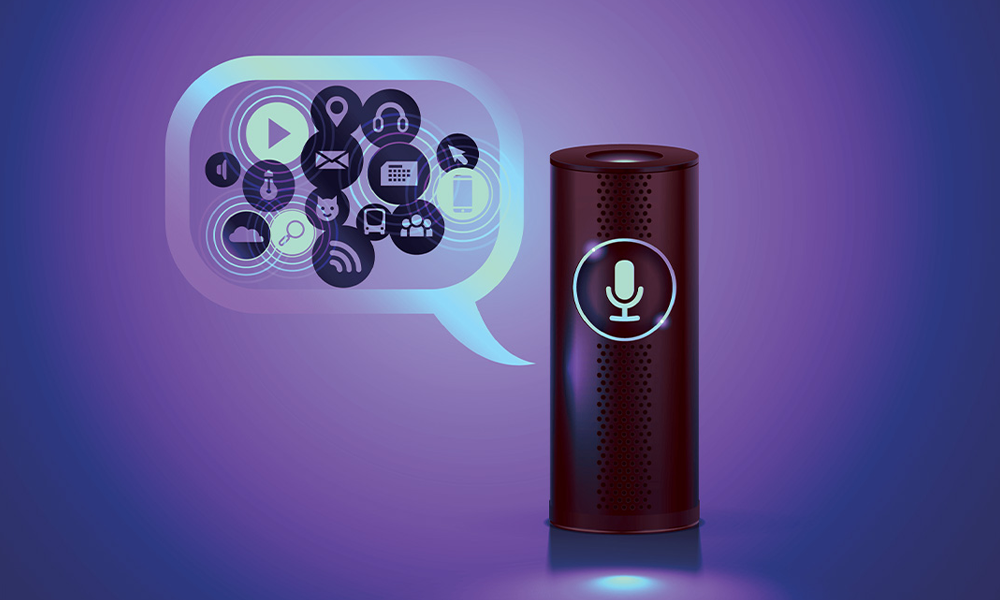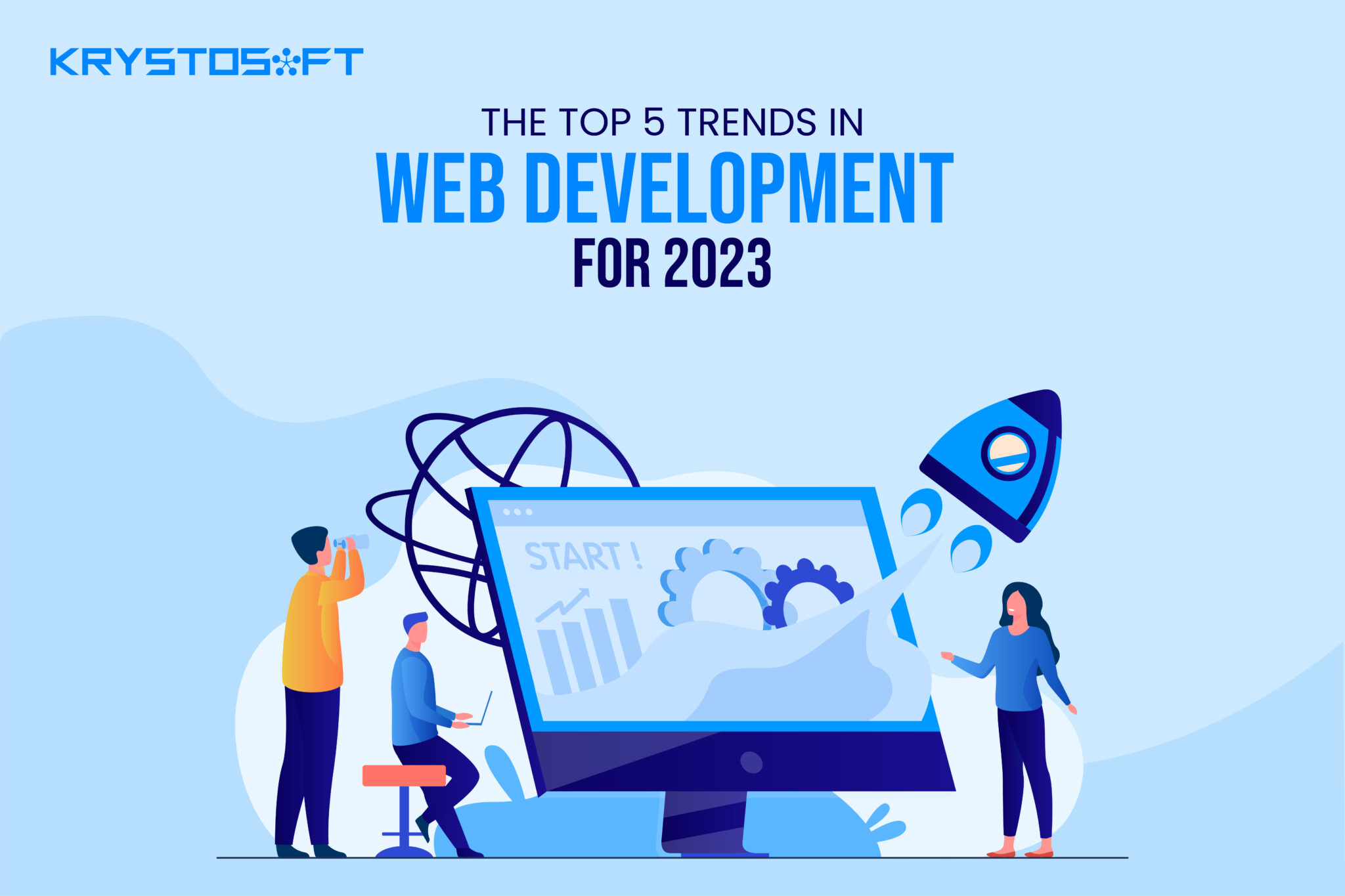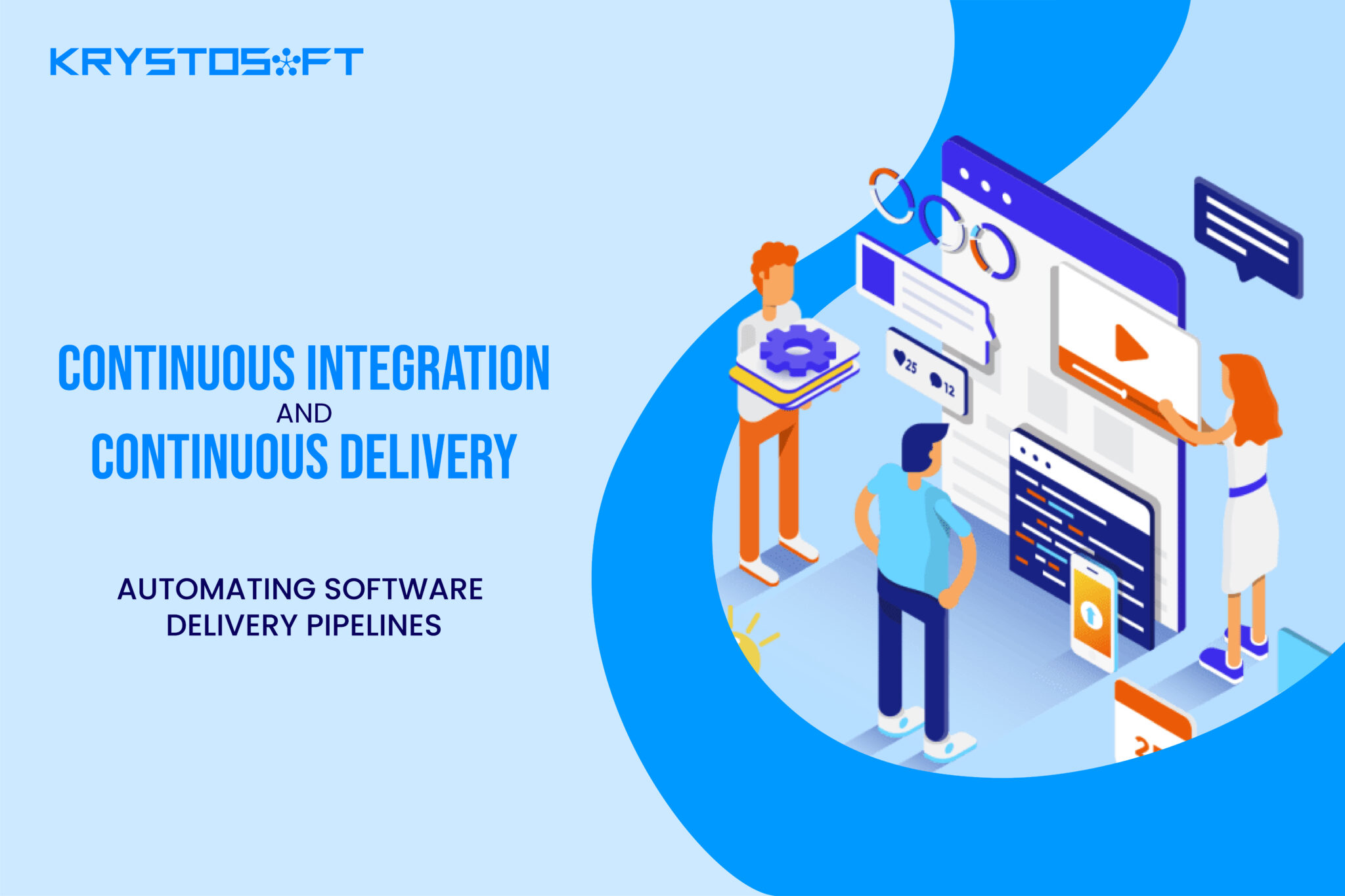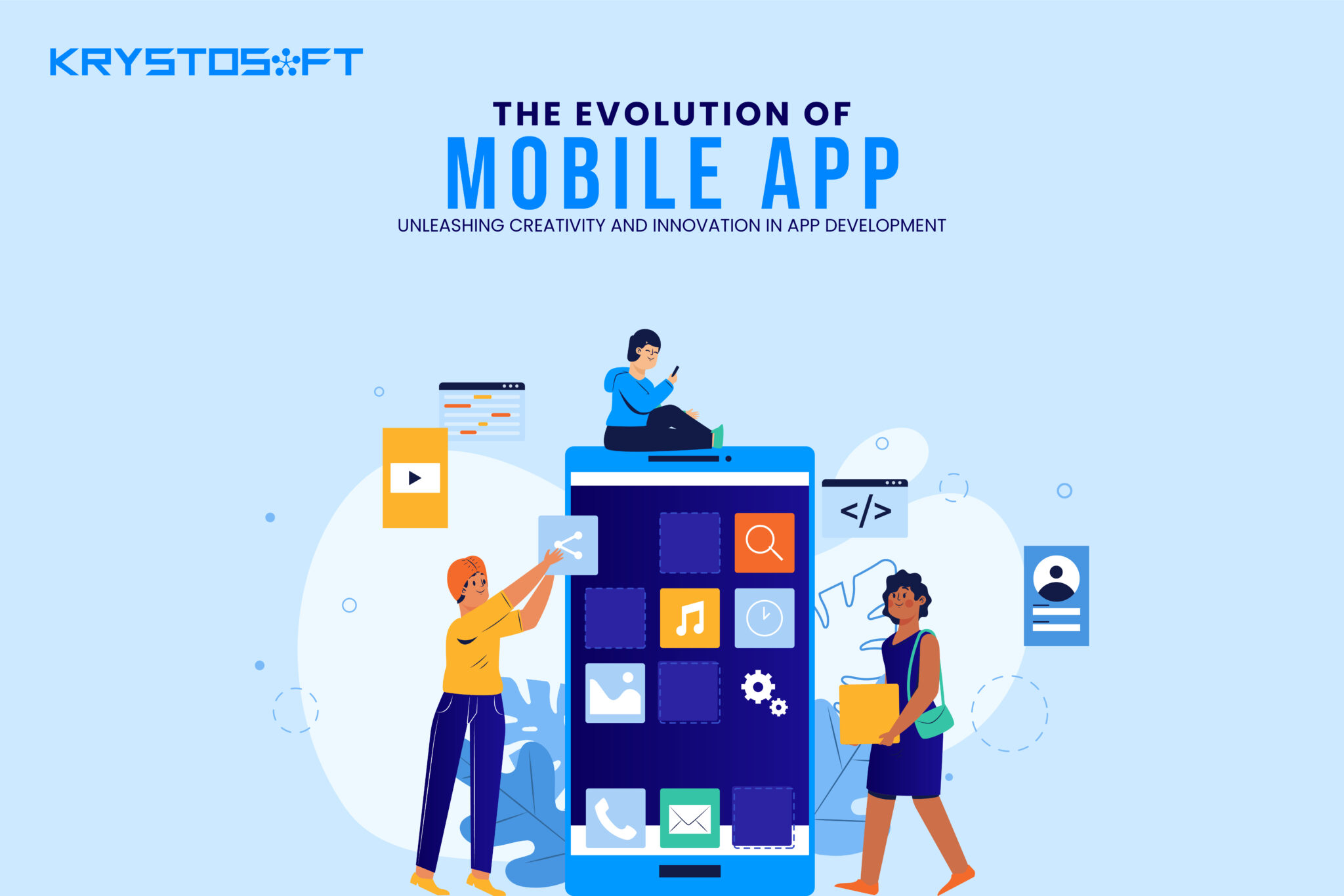Welcome to the age of AI-powered customer service! Gone are the days of long hold times, frustrating automated menus, and repetitive conversations with human agents. With the rise of artificial intelligence (AI), customer service is being revolutionized, offering businesses and consumers a whole new level of efficiency, personalization, and convenience. In this blog, we will dive into the exciting ways AI is transforming the customer service landscape and explore some delightful examples along the way.
Intelligent Chatbots
Intelligent chatbots have revolutionized the way businesses provide customer service. These AI-driven programs are designed to simulate human-like conversations, allowing customers to interact with a virtual assistant and receive instant assistance. Let’s explore this in more detail with an example from Sephora, the renowned beauty retailer.
Sephora has integrated an AI-powered chatbot into its website and mobile app to enhance the customer experience. When a customer visits Sephora’s online platform, they are greeted by the chatbot, which acts as a virtual beauty advisor. The chatbot engages customers in interactive conversations, asking questions about their preferences, skin type, and desired products.
Based on the customer’s responses, the chatbot leverages AI algorithms to provide personalized product recommendations. It suggests the best beauty products that suit the customer’s needs, including skincare, makeup, and fragrances. The chatbot can also answer common questions about product usage, ingredients, and availability.
Moreover, the AI-powered chatbot assists customers with order tracking. If a customer has placed an order, they can simply ask the chatbot for updates, and it will provide real-time information on the status of their package.
One of the key advantages of intelligent chatbots is their ability to resolve simple customer issues. For instance, if a customer wants to return a product, the chatbot can guide them through the return process, including providing information on return policies, generating return labels, and facilitating refunds or exchanges.
By implementing an AI-powered chatbot, Sephora enhances its customer service capabilities. Customers can conveniently access personalized beauty advice, receive instant responses to their queries, and enjoy a seamless shopping experience. The chatbot saves customers time and effort and allows Sephora to handle a large volume of inquiries efficiently.
Voice Assistants
Voice assistants have transformed the way we interact with technology, and they are now being utilized to enhance customer service experiences. Siri, Alexa, Google Assistant, and other AI-powered voice assistants have become household names, and businesses are leveraging their capabilities to provide seamless and convenient customer support. Domino’s Pizza and its AI-powered voice assistant is a great example of this.
Domino’s Pizza introduced Dom, its voice assistant, to revolutionize the pizza ordering experience. Customers can now place their orders simply by speaking to Dom. By activating their voice assistant, customers can specify their pizza preferences, choose from a range of toppings and sides, and complete the order process without lifting a finger.
This integration of voice assistants into customer service brings numerous benefits. Firstly, it enhances convenience. Customers can place their orders while multitasking or when their hands are full, making the process more efficient and user-friendly.
Voice assistants also enable real-time assistance. Customers can ask Dom for updates on their order status, and estimated delivery time, or even make modifications to their order. This instant access to information saves time and provides a seamless customer experience.
Moreover, voice assistants can provide product information and recommendations. For example, if a customer is unsure about which pizza to order, they can ask Dom for suggestions based on their preferences. The voice assistant can offer personalized recommendations, taking into account factors like previous orders, popular choices, and special promotions.
By implementing voice assistants for customer service, businesses like Domino’s Pizza can improve operational efficiency and customer satisfaction. They streamline the ordering process, reduce the likelihood of errors or miscommunications, and create a more engaging and interactive experience for customers.
The use of AI-powered voice assistants in customer service is not limited to the food industry. Various sectors, such as retail, banking, and hospitality, are integrating voice assistants to provide instant support and enhance the customer experience. Customers can ask voice assistants about store locations, inquire about account balances, or request information about hotel amenities.

Sentiment Analysis
Sentiment analysis is a powerful AI-driven tool that enables businesses to understand and analyze the emotions and sentiments expressed by customers. By analyzing various customer interactions, such as social media posts, reviews, and support tickets, sentiment analysis algorithms can determine whether the sentiment behind the content is positive, negative, or neutral. This valuable information helps businesses gain insights into customer opinions, preferences, and concerns, allowing them to provide exceptional service and address customer needs effectively.
One notable example of sentiment analysis in action is the case of Airbnb. As a platform that connects hosts with guests, Airbnb relies heavily on customer reviews to assess the quality of accommodations and the overall guest experience. With a vast number of reviews being generated daily, manually analyzing each review can be time-consuming and inefficient. This is where sentiment analysis comes into play.
Using AI-powered sentiment analysis tools, Airbnb is able to automatically evaluate the sentiment expressed in guest reviews. The sentiment analysis algorithms can detect positive or negative sentiments, as well as identify specific topics or aspects of the guest experience that are being discussed. By analyzing the sentiment of guest reviews, Airbnb gains valuable insights into the strengths and weaknesses of its accommodations and services.
This enables Airbnb to take proactive measures to address any concerns or issues raised by guests. For example, if sentiment analysis reveals that multiple guests have expressed dissatisfaction with the cleanliness of a particular listing, Airbnb can promptly communicate with the host to address the cleanliness concern and ensure a better experience for future guests.
Sentiment analysis also helps businesses track and monitor customer sentiment over time. By analyzing trends and patterns in sentiment, companies can identify areas of improvement and make data-driven decisions to enhance their products or services. For instance, if sentiment analysis shows a decline in positive sentiment related to a specific feature of a product, a company can prioritize efforts to address that feature and improve customer satisfaction.
Personalized Recommendations
By analyzing large volumes of customer data, AI can deliver tailored recommendations that match individual preferences, interests, and behaviors. This level of personalization not only improves the customer experience but also helps businesses drive engagement, increase sales, and foster customer loyalty.
Netflix is a prime example of a company that excels at using AI to deliver personalized recommendations. As a streaming platform with a vast library of movies and TV shows, Netflix leverages AI algorithms to analyze user data, including viewing history, ratings, and genre preferences. Based on this analysis, Netflix’s recommendation system generates a customized list of movies and TV shows that are likely to be of interest to each individual user.
For instance, if a user frequently watches romantic comedies and rates them positively, the AI algorithm will take note of this preference and recommend similar movies or TV shows within the romantic comedy genre. The recommendations become more accurate and refined over time as the algorithm continues to learn from user interactions and feedback.
The impact of personalized recommendations on the customer experience is significant. By offering content that aligns with individual tastes and interests, Netflix enhances the user’s streaming experience and increases the likelihood of them finding something enjoyable to watch. This personalization not only keeps users engaged but also helps them discover new content that they may have otherwise overlooked.
Furthermore, personalized recommendations have a direct impact on customer loyalty. When customers feel that a platform understands their preferences and consistently delivers relevant suggestions, they are more likely to stay engaged and continue using the service. This leads to increased customer satisfaction, longer subscription periods, and ultimately, improved customer retention for businesses like Netflix.
The success of personalized recommendations extends beyond the entertainment industry. E-commerce platforms like Amazon leverage AI algorithms to recommend products based on individual browsing and purchasing history. Music streaming services like Spotify curate personalized playlists based on users’ music preferences and listening habits. Even food delivery services like Uber Eats suggest restaurants and dishes based on previous orders and customer preferences.
Predictive Analytics
Predictive analytics, powered by AI, has revolutionized customer service by enabling businesses to anticipate customer needs and take proactive actions. By analyzing vast amounts of historical data and patterns, AI algorithms can make predictions about future customer behavior, preferences, and actions. This allows businesses to provide personalized experiences, optimize operations, and improve customer satisfaction.
Amazon, the leading e-commerce platform, is a prime example of leveraging predictive analytics to enhance the customer experience. Through AI algorithms, Amazon analyzes customer data such as past purchases, browsing history, and demographic information to predict buying patterns and preferences. Based on these predictions, Amazon offers personalized product recommendations to customers, displaying items that align with their interests and preferences.
For example, if a customer frequently purchases books on technology and follows related product pages, Amazon’s AI algorithms can predict that the customer has an interest in technology gadgets. As a result, the customer may see personalized recommendations for the latest tech gadgets, accessories, or relevant books.
Moreover, Amazon takes predictive analytics a step further by offering automatic reordering for frequently purchased items. By analyzing past order history and considering factors such as usage frequency and typical product lifespan, Amazon’s AI algorithms can predict when a customer is likely to run out of a specific item. The system then automatically generates an order and sends it to the customer, ensuring a seamless shopping experience and eliminating the need for customers to manually reorder.
The impact of predictive analytics on customer service is significant. By using AI algorithms to anticipate customer needs, businesses like Amazon can provide a more personalized and tailored experience. Customers receive recommendations and offers that align with their preferences, making the shopping process more efficient and enjoyable. This, in turn, increases customer satisfaction, and engagement, and ultimately drives sales and customer loyalty.
Predictive analytics is not limited to e-commerce. It has applications in various industries such as banking, healthcare, and transportation. For example, banks can use predictive analytics to anticipate customer churn, identify potential fraud patterns, and offer personalized financial services. Healthcare providers can predict patient health risks, optimize treatment plans, and improve patient outcomes. Transportation companies can use predictive analytics to optimize routes, anticipate maintenance needs, and enhance customer service.

The AI revolution in customer service is well underway, and the possibilities are truly exciting. From intelligent chatbots to voice assistants, sentiment analysis to personalized recommendations, and predictive analytics, AI is transforming the way businesses interact with customers. By harnessing the power of AI, companies can deliver exceptional customer experiences, boost satisfaction, and drive long-term loyalty. So, jump on the AI bandwagon and prepare to revolutionize your customer service game!
Remember, the future is here, and it’s AI-powered customer service. Embrace it, and watch your business soar to new heights!





